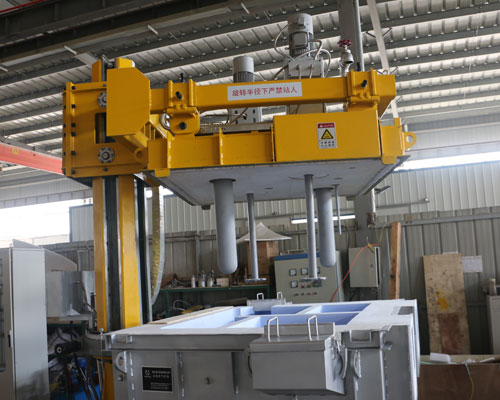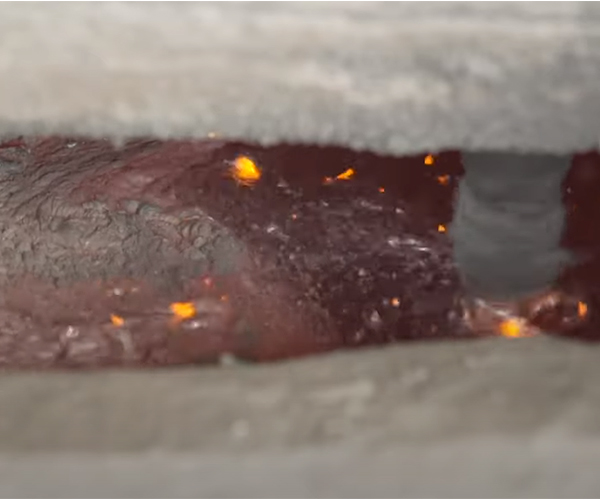Degassing technology is widely used in the aluminum industry to process molten aluminum through the degassing rotor of an online degassing device. These products help to improve the overall quality, productivity, and safety of metals, while reducing labor intensity and saving maintenance costs by up to 60%.
Because the source and composition of scrap aluminum are very complex, it is necessary to adopt reasonable technology to make it get effective treatment. The quality of aluminum alloy products mainly depends on the smelting and casting links, and hydrogen removal and impurity removal are the keys to the melting and casting process.
In the secondary aluminum processing industry, quality and purity are closely linked, especially in high-spec applications such as the electronics industry. The main cause of impurities and physical defects in cast aluminum parts is gas, especially dissolved hydrogen, which can cause strength and performance problems. Therefore, effective degassing technology is critical to production.
However, the degassing technology used to remove the gas in the processing zone needs to be matched with the service life and inertness of the molten aluminum, because any reaction with aluminum will cause impurities and the castings will have a high rejection rate during the machining process.

The degassing rotor is made of silicon carbide, which has better performance and cost-effectiveness than traditional graphite materials. Graphite is the most widely used material before degassing rotors, but it is subject to high replacement costs and higher replacement frequency. Compared with graphite, silicon carbide has superior wear resistance and oxidation resistance. The service life of the new rotor is five times that of graphite products. Tests show that its service life can reach 800 cycles in heavy-duty fluxing applications. The average service life of graphite products is only 300 cycles, and the silicon carbide rotor also adopts isostatic pressing and a one-piece design.

